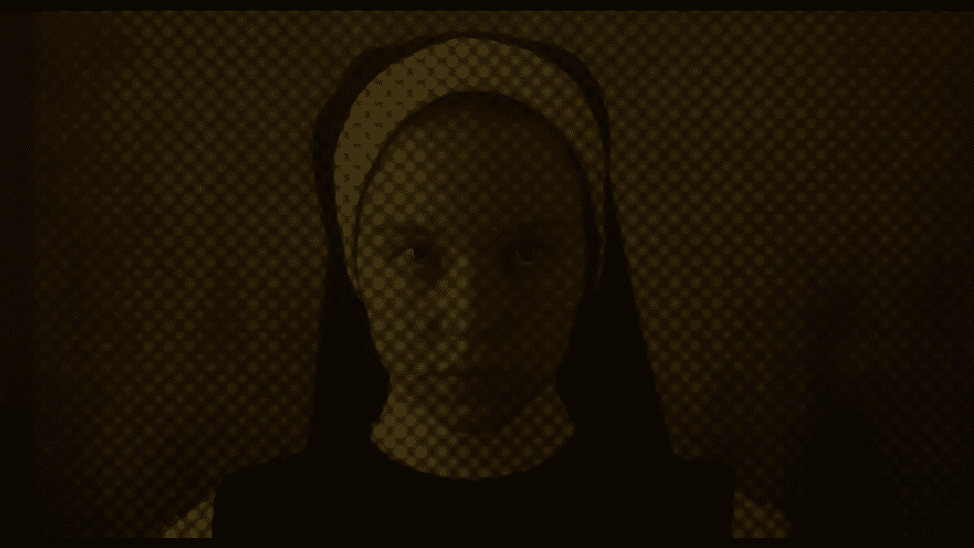These days it seems that everyone is fed up with the oversensitive PC critiques of films and media as a whole, suffocating the creators trying to make compelling art. This subversive trend has basically killed the adult feature comedy genre, which has not had any major American blockbusters since 2012’s Ted by Family Guy creator Seth MacFarlane. Studios are no longer willing to risk having one fictional character make a joke about another fictional character’s race or gender, something that was common in the classic comedies of ‘ancient times’—that would be a grave injustice to the ‘marginalized’ groups in our society!
In a time of great public alertness about not offending people, you would think the film industry would be quite cautious about a topic that people tend to hold in dear reverence: religion.
Yet, there is a whole subgenre of ‘Christian horror films,’ movies which display blood and gore alongside Christian imagery.
Interestingly, this subgenre tends to stick with Catholicism over all other denominations of Christianity.
That is another interesting twist from the neo-Marxist, ‘woke’ worldview, given that Catholics have faced historic discrimination in the United States in the past, and thus they may qualify for some ‘oppression points’ themselves. Evidently, filmmakers in Hollywood are not going anywhere with Islamic imagery for a horror film (which may very well be for practical reasons, not ideological ones, given some violent responses to the depiction of Islamic symbols in Western media).
We have another great specimen of the Catholic horror film subgenre coming to theatres soon, with the release of Immaculate this week. Actress Sydney Sweeney, who has garnered the most attention for doing frequent softcore porn scenes in her previous projects such as the HBO series Euphoria, plays the lead role of a nun, which adds to the problematic (to borrow another term from the woke nomenclature) nature of the film from a devout, sensitive Catholic’s point of view.
The Catholic horror trend was kicked off with the major success of the 1973 horror flick The Exorcist, which grossed over $400 million at the box office over many re-releases and theatrical runs over many decades. That film depicts demonic possession, which has a Biblical basis, so it may be regarded as less sacrilegious by the religious folk—although they can certainly have objections to its presentation and the purpose of its depiction.
The Exorcist (1973) Possessed *strong language*
No Description
The film’s success spawned multiple sequels, The Exorcist II in 1977 and The Exorcist III in 1990; as well as a modern 2023 reboot that ended up underperforming in the box office. It also inspired a whole slew of Catholic horror films outside of the franchise, such as Omen (1976), Prince of Darkness (1987), The Day of the Beast (1995), The Nun (2018), and the aforementioned Immaculate (2024).
In all fairness, this is not where the associations between Catholicism and the macabre or the occult started.
Europe has a number of Catholic ‘bone churches’, such as the Capuchin Crypt in Rome, Italy, the Capela dos Ossos in Evora, Portugal, and the Sedlec Ossuary in Kutná Hora, Czech Republic. These shrines are decorated with human bones. In many cases, the bodily remains of monks who once lived there are used as ornaments there. Many Catholic churches are built in the Gothic architecture style, most famously the Notre Dame in Paris, France. These buildings feature signature gargoyles, small sculptures that are grotesque and unusual-looking. Some scholars believe their purpose is to represent the evil in this world, while others believe they are there to scare away evil spirits. Images of demons or the apocalypse have also been depicted by famous Catholic artists, such as in the 16th-century wooden prints by German artist Albrecht Dürer.
However, these examples come from a time when religion was part and parcel of people’s lives, and the symbolism and imagery used to adorn religious works of art were not used as an end in themselves. Today, most filmmakers are simply engaging in cheap ‘cultural appropriation’, as the woke would say.
Related articles:







